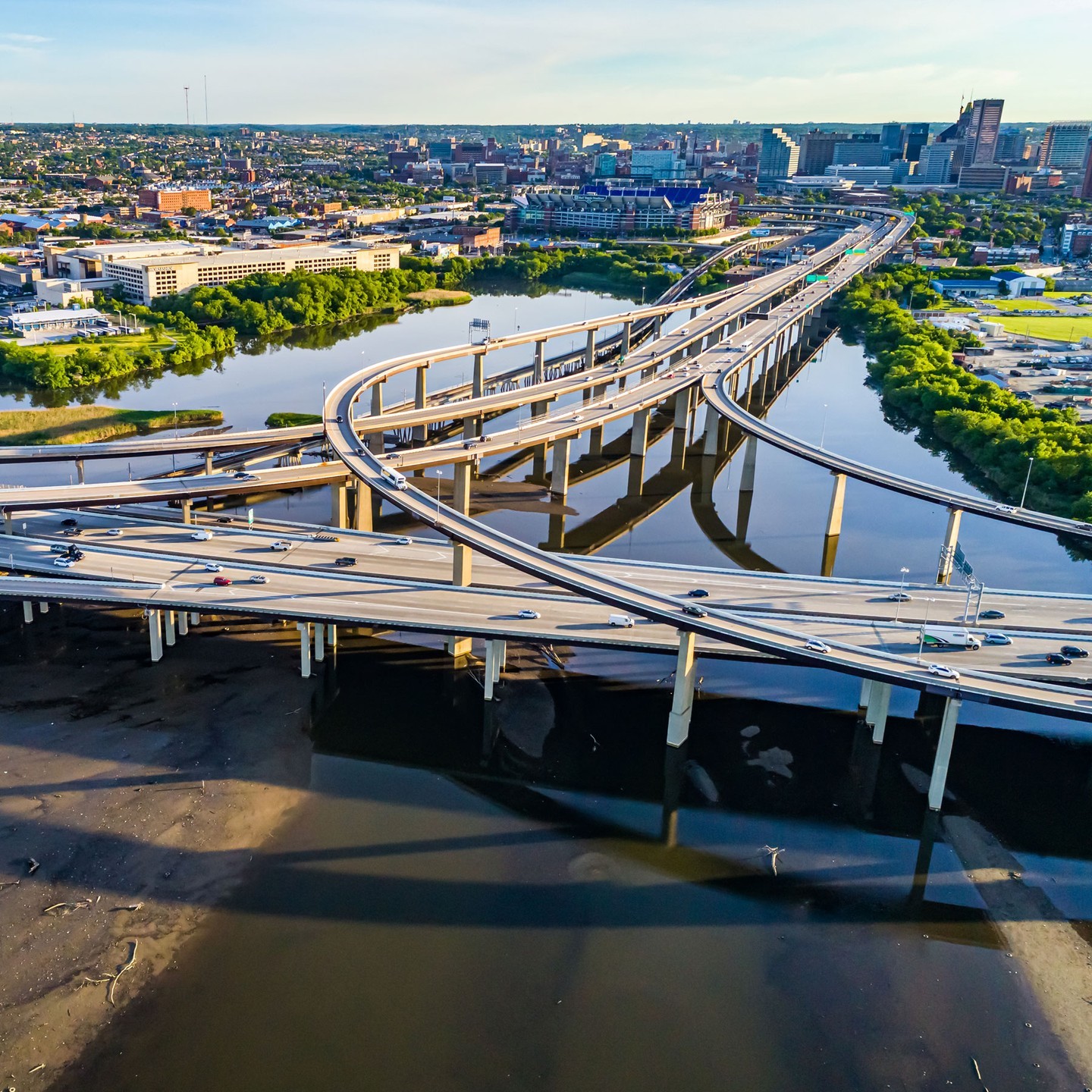Summary:
1. Introduction to the Chesapeake Bay and its significance as a watershed.
2. Exploring the vast network of rivers and streams that contribute to the Bay.
3. Understanding the concept of a watershed and its importance.
4. Examining the impacts of human activities on the health of the Chesapeake Bay.
5. Highlighting conservation efforts and actions we can take to protect this unique ecosystem.
Over 150 major rivers and streams drain into the Chesapeake Bay, a big, beautiful body of water stretching across several states. This incredible estuary, often referred to as the heart of the East Coast, is a visual treat and a vital habitat for numerous species of plants and animals. Join us as we delve into the unique and fascinating aspects of the Chesapeake Bay, exploring its diverse ecosystems and understanding the watershed concept.
The Chesapeake Bay is a hub, with over 150 rivers and streams, like intricate veins, connecting to it. These waterways flow through various states, including Maryland, New York, Pennsylvania, West Virginia, Delaware, Virginia, and even Washington, D.C. Each river and stream contributes its share of water, nutrients, sediments, and pollutants to the Bay, creating a complex and fragile ecosystem.
But what exactly is a watershed? A watershed is an area of land where all the water within its boundaries drains into a standard water body, such as a river or lake. Picture it as a giant bathtub, with the rim representing the high points of the land and the drain being the water body where all water eventually flows. In the case of the Chesapeake Bay, the land surrounding it is the watershed, comprising forests, wetlands, farmlands, and urban areas.
The concept of a watershed is paramount because everything we do within its boundaries affects the water quality of the connected water bodies. From agriculture and industry to urban development and residential communities, all human activities have an impact, be it positive or negative, on the health of the Chesapeake Bay. Runoff from fertilizers, pesticides, and sedimentation can disrupt the ecosystem’s delicate balance, leading to algal blooms, decreased oxygen levels, and harm to aquatic life.
We must understand our role and responsibility as caretakers of these critical watersheds. By adopting sustainable practices, we can significantly reduce the negative impacts on the Chesapeake Bay and its tributaries. Small actions like conserving water, using environmentally-friendly household products, and properly disposing of waste can go a long way in preserving the health of this majestic water body.
Fortunately, concerted efforts are being made to restore and protect the Chesapeake Bay. Government agencies, environmental organizations, and local communities are working together to implement regulations, conduct research, and educate the public about the importance of conservation. These initiatives aim to reduce pollution, restore habitats, and safeguard the diverse wildlife that calls the Bay its home.
Conservationists are also working towards restoring the oyster population, a keystone species in the Chesapeake Bay. Oyster reefs provide habitats for various marine organisms and act as natural filters, improving water quality. Through oyster gardening programs and reef restoration projects, efforts are being made to replenish these valuable creatures and enhance the overall health of the Bay.
To truly appreciate the wonders of the Chesapeake Bay, we must immerse ourselves in the interconnectedness of its vast network of rivers and streams. Through this lens, we can understand the importance of watersheds and the responsibility we share in ensuring their well-being. By taking active steps to reduce our impact on the environment and supporting conservation initiatives, we can protect this magnificent ecosystem for generations to come.
In conclusion, the Chesapeake Bay and its watershed are a remarkable testament to the beauty and complexity of our natural world. With over 150 rivers and streams contributing to its vitality, we must recognize our role in preserving the health of this valuable ecosystem. By understanding the concept of a watershed, actively engaging in conservation efforts, and making conscious choices in our daily lives, we can safeguard the Chesapeake Bay and its resident flora and fauna for future generations to cherish and enjoy. Let us embrace the opportunity to be stewards of this incredible natural treasure. Explore the link in our bio to learn more about the Chesapeake Bay and the impact of watersheds!
*****
Source Description
Over 150 major rivers and streams drain into the Chesapeake Bay, a big, beating heart fed by streams and creeks. These smaller bodies of water branch out like major arteries and small, ribbon-like veins into five states beyond Maryland—New York, Pennsylvania, West Virginia, Delaware and Virginia—as well as Washington, D.C.
Join us as we explore Baltimore’s waterways and answer one central question: What is a watershed? Learn more at the link in our bio!


